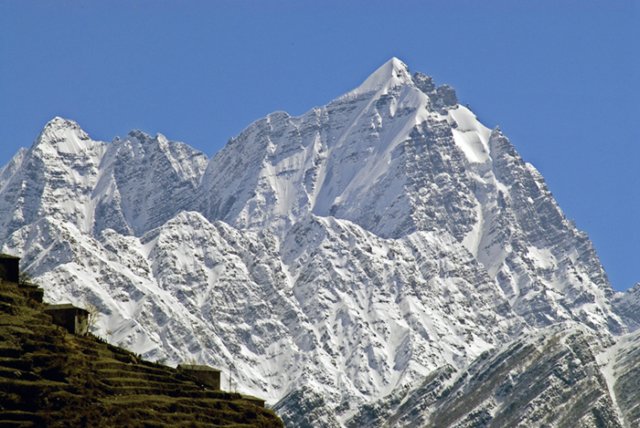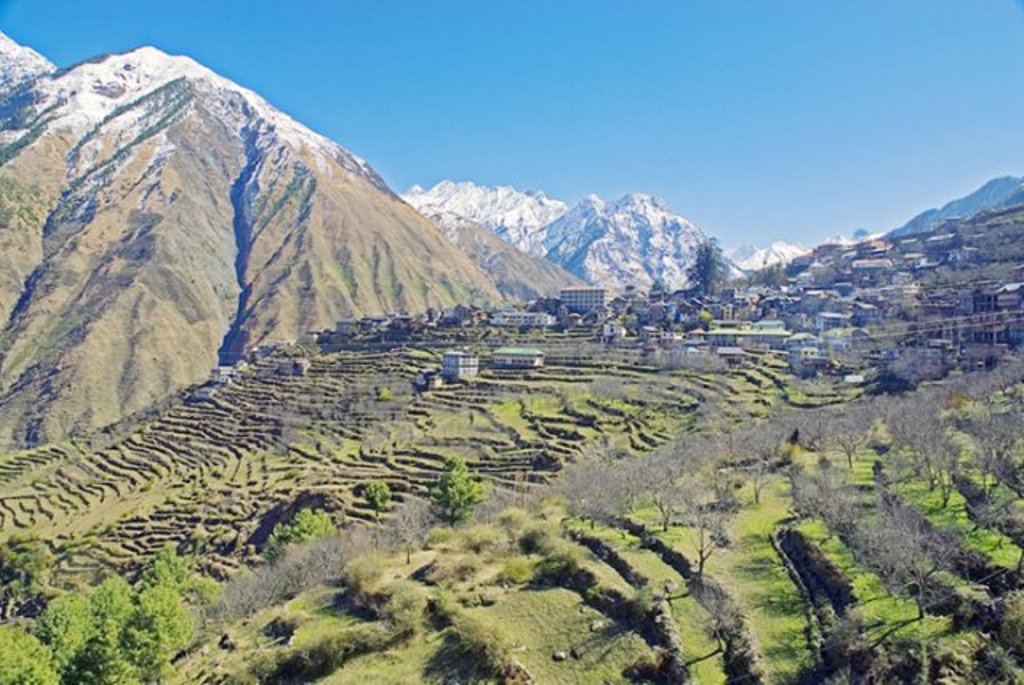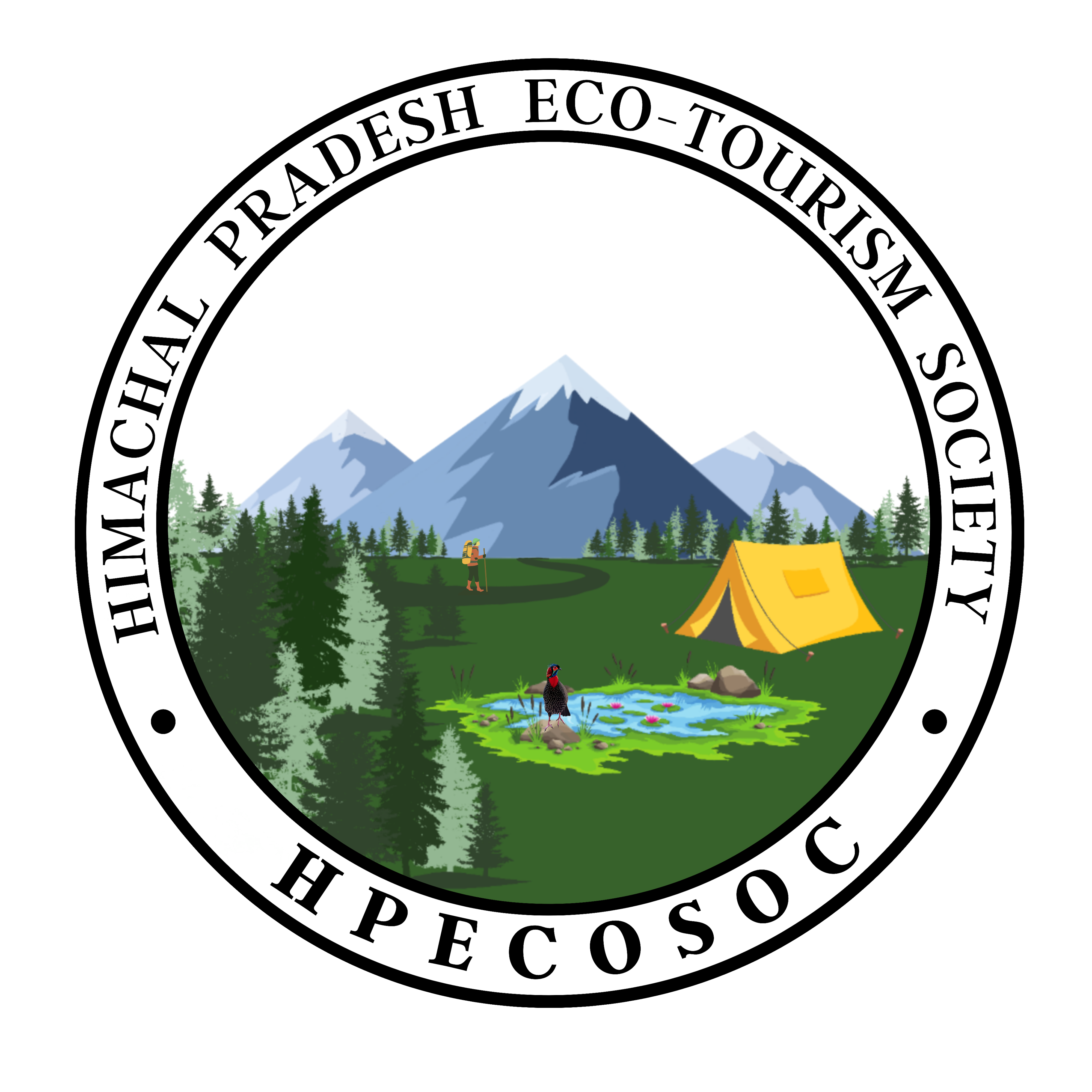About Us
Home / About UsAbout
Himachal Pradesh
Himachal Pradesh, known for its rich natural heritage, is amongst the top tourist destinations in the country, both for national as well as international visitors. Recent estimates, place the number at about 160 lakh visitors –more than twice the State`s population. However, much of the tourism related activity is concentrated in four major locations, Shimla, Manali, Dharamshala and Dalhousie.
A majority of the visitors do not get an opportunity to experience the rich bio-cultural diversity contained in the many Forest areas, Sanctuaries and National Parks that comprise such a large part of Himachal Pradesh. The Forest Department of Himachal Pradesh framed an Eco-tourism policy during 2005 to enable tourist to experience this national heritage. The policy needed revision mainly due to the procedural requirements of obtaining clearance of Eco-tourism sites under Forest Conservation Act, 1980 as per guidelines of the Ministry of Environment, Forest & Climate Change (MoEF&CC), Government of India. Some changes in the existing policy document have also been necessitated in the context of the evolving understanding of Eco-Tourism concepts and principles.


The Revised Eco-Tourism Policy 2016 aims at bringing the wilderness and virgin ecosystems of Himachal Pradesh closer to visitors and at the same time ensure adequate safeguards and systems for the protection and conservation of these natural resources. By involving local communities, the policy would help in increased livelihood opportunities as well as their involvement in awareness building, protection and conservation.
It also envisages generation of financial returns which can be ploughed back into proper up keep and maintenance of the environment. It shall also promote greater understanding and appreciation for natural and cultural heritage. The ongoing Eco-Tourism projects also need to be re-looked at and reviewed in view of the Central Ministry’s guidelines on Eco-Tourism. It may be necessary to evaluate the on-going projects in order to decide on their further continuation after the culmination of the term of these projects.
About
Himachal Pradesh Forests
The Forests in Himachal Pradesh are known for their grandeur and majesty, like a green pearl in the Himalayan crown. This life supporting systems are presently under great stress due to impact of modern civilization, economic development and growth in human and cattle population.
According to National Forest Policy, 1988, at least two thirds i.e 66 of the geographical area should be under forests in hilly states like Himachal Pradesh. However, keeping in view, that about 20 percent of the area is inaccessible and beyond the tree limit, the State Government aims to bring 50 of the geographical area under forest cover.
The forests of the State have been classified on an ecological basis as laid down by Champion and Seth, and can be broadly classified into Coniferous Forests and broad-leaved Forests. Distribution of various species follows fairly regular altitudinal stratification. The vegetation varies from Dry Scrub Forests at lower altitudes to Alpine Pastures at higher altitudes. In between these two extremes, distinct vegetational zones of Mixed Deciduous Forests, Bamboo, Chil, Oaks, Deodar, Kail, Fir and Spruce, are found. The forests of Himachal Pradesh are rich in vascular flora, which forms the conspicuous vegetation cover. The richness and diversity of our flora can be gauged from the fact that, out of total 45,000 species found in the country as many as 3,295 species (7.32) are reported in the State. More than 95 of the species are endemic to Himachal Pradesh and characteristic of Western Himalayan flora, while about 5 (150 species) are exotic, introduced over the last 150 years.


About
Eco-Tourism
‘Eco-tourism’, in a very broad sense, means venturing into and enjoying nature in such a way as to assure that negative impacts on the cultural and natural environment are minimized and mitigated. It is, therefore, ‘responsible’ tourism, which, besides being ecologically and culturally sensitive, helps the local communities in realizing social and economic benefits.
This Policy is based on the understanding that involvement of local communities in eco-tourism would support their livelihood needs and consequently create a stake for them in the conservation of local culture, ecology, and environment.
Eco-Tourism can be one of the most viable options for conservation of natural resources and sustainable development in a mountain State like Himachal Pradesh. It has to be executed mindfully, with the minimum impact to inspire cultural awareness, tolerance, and commitment to natural resource conservation. The following Eco-Tourism principles will form the basis of this policy:


About
Wildlife-Human Interface
The State has a long history of sustainable co-existence with its wildlife resources. People have, over the years, found use of more than 600 local plants for their health care needs and for obtaining food, fruit, fibre, fodder, fuel, gums, oil, resin etc. from these. These plants contribute substantially to the rural livelihoods. The State Government, in appreciation of these intimate rural livelihood linkages, has allowed the local communities the use of these usufructs from all forests except those that are reserved under the Indian Forest Act, 1927 and those that are constituted as National Parks under the Wildlife (Protection) Act, 1972.
Dwindling populations of wild animals have increased since imposition of total ban on hunting since 1984. The extensification of agriculture coupled with increased human interference in hitherto undisturbed areas has led to greater human-animal conflict. Whereas, Wild Boar, Black Bear and Monkeys are reported to sometimes cause damage to standing crops, instances of lifting of domestic animals by leopards are also reported. Stray cases of injuries to and loss of human life by leopard and black bear have been reported.
The wildlife managers are in the process of formulating a long-term policy to deal effectively with the increasing human-wild animal conflicts. The State Government, concerned about these conflicts, extends monetary compensation in cases of loss of domestic animals and injuries to or loss of human life due to wild animals.



